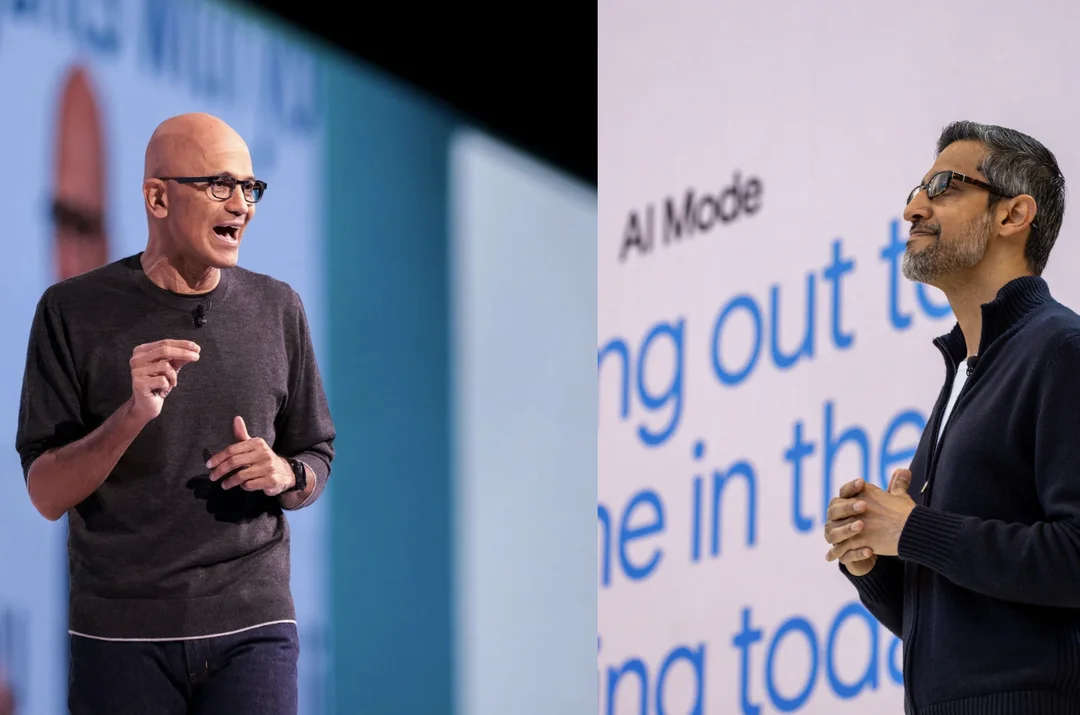
Microsoft Build 2025: AI Takes Center Stage in Windows and Dataverse Evolution
Microsoft's annual Build developer conference is always a key event, but Microsoft Build 2025 feels particularly significant. This year's announcements showcase a clear and focused strategy: to empower developers with the tools and platforms they need to build the next generation of AI-powered applications. From advancements in Windows to the evolution of Dataverse, Microsoft is doubling down on its commitment to an "agentic future."
One of the biggest reveals is the unveiling of Windows AI Foundry, an evolution of Windows Copilot Runtime. This unified platform is designed to support the entire AI developer lifecycle, from model selection and optimization to fine-tuning and deployment across both client and cloud. Key features include:
- Windows ML: The foundation of the AI platform, enabling developers to deploy models efficiently across diverse silicon, partnering with AMD, Intel, NVIDIA, and Qualcomm.
- Integration with Model Catalogs: Access to ready-to-use open-source models from Foundry Local, Ollama, and NVIDIA NIMs.
- AI APIs: Ready-to-use APIs powered by Windows inbox models for language and vision tasks, including text intelligence, image description, and text recognition.
- LoRA Support: Low-rank adaptation for fine-tuning the inbox SLM, Phi Silica, with custom data, improving performance on specific tasks.

Microsoft is also emphasizing the importance of an "agentic future" with native support for Model Context Protocol (MCP) in Windows 11. MCP offers a standardized framework for AI agents to connect with native Windows apps, enabling seamless integration and enhanced functionality. This allows apps to augment the skills of locally installed agents. Security and privacy are paramount with MCP, ensuring a trustworthy ecosystem and user control over agent access to sensitive actions.
Furthermore, Microsoft is addressing the challenge of app discoverability with App Actions on Windows. This new capability allows developers to build actions for specific features within their apps, unlocking new entry points for users and increasing engagement. Zoom, Filmora, Goodnotes, Todoist, and Spark Mail are already embracing App Actions to drive user acquisition and engagement.
On the data front, Microsoft Dataverse receives a significant upgrade, positioning it as the operational database for AI agents. New features focus on data tools, knowledge tools, and AI tools, empowering organizations to manage powerful agent ecosystems. Dataverse facilitates seamless interactions between human-agent teams, grounded in enterprise knowledge, with intelligent and adaptable behavior.

Key Dataverse advancements include:
- Dataverse Model Context Protocol Server: Making business data interactive and queryable for Copilot Studio agents.
- Enterprise Data Integration: Connecting Copilot Studio, Microsoft Fabric, and Microsoft 365 Copilot.
- New Knowledge Sources and Connectors: Expanding agent reach with support for Snowflake, SAP, Databricks, Salesforce, and more.
- Centralized Tools Hub in Copilot Studio: A centralized location for managing reusable functionality across all agents.
- New Autonomous Agents: Managed agents like Document Processor Agent, Customer Brief Agent, and Lead Manager Agent to accelerate automation.
Microsoft's commitment extends to developers with new Windows platform security capabilities such as the Virtualization Based Security (VBS) Enclave SDK and post-quantum cryptography (PQC). Microsoft is also open-sourcing Windows Subsystem for Linux (WSL), inviting the community to contribute and enhance Linux integration within Windows. These moves address critical security concerns and empower developers to build secure solutions.
With Build 2025, Microsoft is setting the stage for an AI-driven future, firmly positioning Windows and Dataverse as core platforms for developers. The company's focus on empowering developers with the right tools and secure platforms signals a strong commitment to driving innovation in the AI arena.
What are your thoughts on Microsoft's AI strategy? Share your views in the comments below!
Related issues news
Where is Microsoft Build 2025?
Microsoft's annual Build developer conference is happening this week in Seattle. No big surprise: All things AI and, specifically, agents, are at the top of the announcement list.
When is Microsoft Build 2025?
Microsoft Chairman and Chief Executive Officer Satya Nadella presents during the opening day of Microsoft Build on May 19, 2025. (Photo by Dan DeLong)